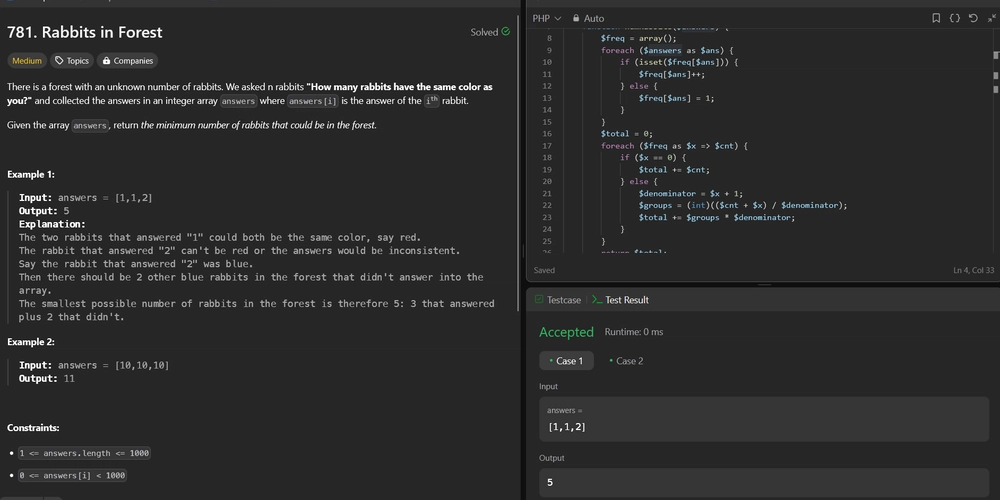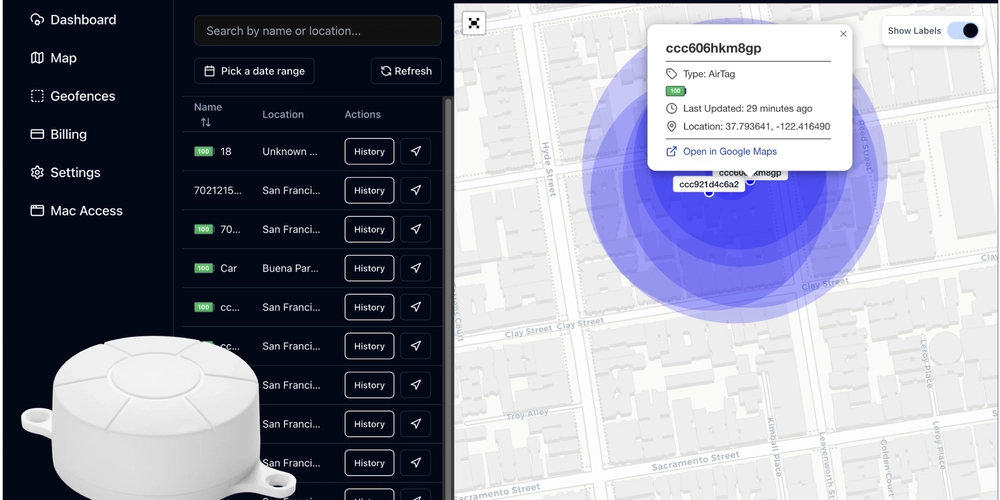Transit Gateway Configuration Guide
What is a Transit Gateway? A Transit Gateway is a network transit hub that enables you to connect multiple VPCs, VPNs, and on-premises networks to streamline network connectivity and management within your AWS infrastructure. How does a Transit Gateway Work? Transit Gateways act as a central hub for routing traffic between connected networks. They simplify network architecture by providing a single point of entry and exit for traffic, reducing the need for complex VPC peering configurations. Setting Up a Transit Gateway To set up a Transit Gateway: Navigate to the Transit Gateway Console: Access the AWS Management Console and navigate to the Transit Gateway service. Create a Transit Gateway: Click on "Create Transit Gateway" and provide details such as name, description, and Amazon side ASN (Autonomous System Number). Add Attachments: Attach VPCs, VPN connections, and Direct Connect gateways to the Transit Gateway to establish connectivity. Configure Route Tables: Define route tables to specify how traffic should be routed between attached networks. Propagation of Routes: Propagate routes from attached VPCs or VPN connections to ensure proper routing of traffic. Associate Subnets: Associate subnets from attached VPCs with the Transit Gateway to enable communication between resources. Testing and Validation: Test connectivity between resources in different networks to ensure proper routing through the Transit Gateway. Benefits of Using a Transit Gateway Simplified Network Architecture: Transit Gateways simplify network connectivity by providing a centralized hub for routing traffic. Scalability: They support the connection of thousands of VPCs and on-premises networks, allowing for scalable network expansion. Cost-Effective: Transit Gateways eliminate the need for multiple VPN connections and complex VPC peering arrangements, reducing operational costs. Considerations Data Transfer Costs: Data transfer costs may apply for traffic traversing the Transit Gateway between regions or across AWS services. High Availability: Deploy Transit Gateways across multiple Availability Zones for high availability and fault tolerance. By leveraging Transit Gateways, you can establish a scalable and efficient network architecture in AWS, facilitating seamless communication between VPCs, VPNs, and on-premises networks. Happy networking with Transit Gateways!

What is a Transit Gateway?
A Transit Gateway is a network transit hub that enables you to connect multiple VPCs, VPNs, and on-premises networks to streamline network connectivity and management within your AWS infrastructure.
How does a Transit Gateway Work?
Transit Gateways act as a central hub for routing traffic between connected networks. They simplify network architecture by providing a single point of entry and exit for traffic, reducing the need for complex VPC peering configurations.
Setting Up a Transit Gateway
To set up a Transit Gateway:
Navigate to the Transit Gateway Console: Access the AWS Management Console and navigate to the Transit Gateway service.
Create a Transit Gateway: Click on "Create Transit Gateway" and provide details such as name, description, and Amazon side ASN (Autonomous System Number).
Add Attachments: Attach VPCs, VPN connections, and Direct Connect gateways to the Transit Gateway to establish connectivity.
Configure Route Tables: Define route tables to specify how traffic should be routed between attached networks.
Propagation of Routes: Propagate routes from attached VPCs or VPN connections to ensure proper routing of traffic.
Associate Subnets: Associate subnets from attached VPCs with the Transit Gateway to enable communication between resources.
Testing and Validation: Test connectivity between resources in different networks to ensure proper routing through the Transit Gateway.
Benefits of Using a Transit Gateway
Simplified Network Architecture: Transit Gateways simplify network connectivity by providing a centralized hub for routing traffic.
Scalability: They support the connection of thousands of VPCs and on-premises networks, allowing for scalable network expansion.
Cost-Effective: Transit Gateways eliminate the need for multiple VPN connections and complex VPC peering arrangements, reducing operational costs.
Considerations
Data Transfer Costs: Data transfer costs may apply for traffic traversing the Transit Gateway between regions or across AWS services.
High Availability: Deploy Transit Gateways across multiple Availability Zones for high availability and fault tolerance.
By leveraging Transit Gateways, you can establish a scalable and efficient network architecture in AWS, facilitating seamless communication between VPCs, VPNs, and on-premises networks.
Happy networking with Transit Gateways!









































































































































































![[The AI Show Episode 144]: ChatGPT’s New Memory, Shopify CEO’s Leaked “AI First” Memo, Google Cloud Next Releases, o3 and o4-mini Coming Soon & Llama 4’s Rocky Launch](https://www.marketingaiinstitute.com/hubfs/ep%20144%20cover.png)




























































































































![[DEALS] The All-in-One Microsoft Office Pro 2019 for Windows: Lifetime License + Windows 11 Pro Bundle (89% off) & Other Deals Up To 98% Off](https://www.javacodegeeks.com/wp-content/uploads/2012/12/jcg-logo.jpg)



























![Is this too much for a modular monolith system? [closed]](https://i.sstatic.net/pYL1nsfg.png)





















































































































_Andreas_Prott_Alamy.jpg?width=1280&auto=webp&quality=80&disable=upscale#)































































































![What features do you get with Gemini Advanced? [April 2025]](https://i0.wp.com/9to5google.com/wp-content/uploads/sites/4/2024/02/gemini-advanced-cover.jpg?resize=1200%2C628&quality=82&strip=all&ssl=1)













![Apple Shares Official Trailer for 'Long Way Home' Starring Ewan McGregor and Charley Boorman [Video]](https://www.iclarified.com/images/news/97069/97069/97069-640.jpg)
![Apple Watch Series 10 Back On Sale for $299! [Lowest Price Ever]](https://www.iclarified.com/images/news/96657/96657/96657-640.jpg)
![EU Postpones Apple App Store Fines Amid Tariff Negotiations [Report]](https://www.iclarified.com/images/news/97068/97068/97068-640.jpg)
![Apple Slips to Fifth in China's Smartphone Market with 9% Decline [Report]](https://www.iclarified.com/images/news/97065/97065/97065-640.jpg)



































































































































